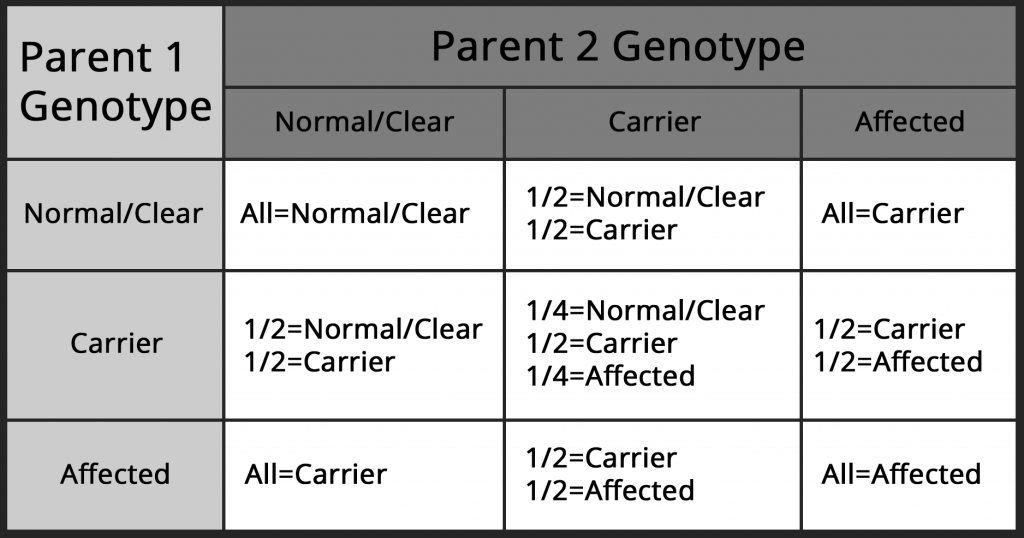Health
Dog breeding, development and preserving characteristics of the breed requires strict selection and control. Although the Border Collie is generally healthy dog even he is not spared from certain hereditary diseases, so it is advisable that, if you are thinking to take Border Collie, become familiar with the diseases characteristic for this breed. On the other hand, our responsibility as breeders reflects in the fact that we must do everything that puppies from our kennel come to this world completely healthy. This means that our dogs have regular health checks and health tests to eliminate the possibility that either they, or their descendants suffer from genetically transmitted diseases listed below.
Health must always comes first!
Border Collie is extremely active dog, so there’s no need to emphasize how much the presence of any of these diseases decreases the quality of his life. Whether you plan to do some dog sports with him, visit dog shows or take him to be your active pet, a concern for the health of your future friend should be in the first place .
CEA – Collie Eye Anomaly
Collie eye anomaly (CEA) is a congenital, inherited, bilateral eye disease of dogs, which affects the retina, choroid, and sclera. It can be a mild disease or cause blindness. CEA is caused by a simple autosomal recessive gene defect. There is no treatment.
TNS – Trapped Neutrophil Syndrome
TNS stands for Trapped Neutrophil Syndrome, an hereditary disease where the bone marrow produces neutrophils (white cells) but is unable to effectively release them into the bloodstream. Affected puppies have an impaired immune system and will eventually die from infections they cannot fight.
CL – Neuronal Ceroid Lipofuscinosis
Neuronal ceroid lipofuscinosis leads to progressive neurodegeneration (degeneration of brain and eye cells) and results in severe neurological impairment and early death. The symptoms include progressive motor decline with seizures and loss of coordinated muscle movements, cognitive decline and abnormal behavior.
There is no treatment or cure at this time.
HD/ED – Hip/Elbow dysplasia
Hip dysplasia (HD) is an abnormal formation of the hip socket that, in its more severe form, can eventually cause crippling lameness and painful arthritis of the joints.
Elbow dysplasia (ED) is a condition caused by the abnormal growth of cells, tissue, or bone. The condition is characterized by a series of four developmental abnormalities that lead to malformation and degeneration of the elbow joint.
Dysplasia leads to big health problems. Affected animals can transmit this disease to their offspring and so multiply and extend this serious condition. Hips are categorized into 5 different HD stages – A, B, C, D and E. Elbows are categorized into 4 different ED stages- 0, 1, 2, 3 and 4.
OCD – Osteochondritis Dissecans
Osteochondritis dissecans, commonly known as OCD, is a disease of the cartilage that can affect various joints in a dog. It is a pathological condition in which normal endochondral ossification, the metamorphoses of cartilage to bone, is disturbed. Dogs that are affected with OCD typically limp or are lame in the affected leg or legs.
The chart below shows how the genotype of both parents contributes to diseases such as CEA, CL, TNS in their offspring depending on whether the parents are Normal / Clear, Carrier or Affected.
Normal/Clear – Dog tested negative for the gene mutation, and will not pass on the defective gene to its offspring.
Carrier – Both the normal and mutant copies of the gene detected. Dog is a carrier for the mutation, and can pass on a copy of the defective gene to its offspring 50% of the time.
Affected – The dog carries two copies of the mutant gene. The dog will be affected to some degree, and will always pass a copy of the mutated gene to its offspring.
